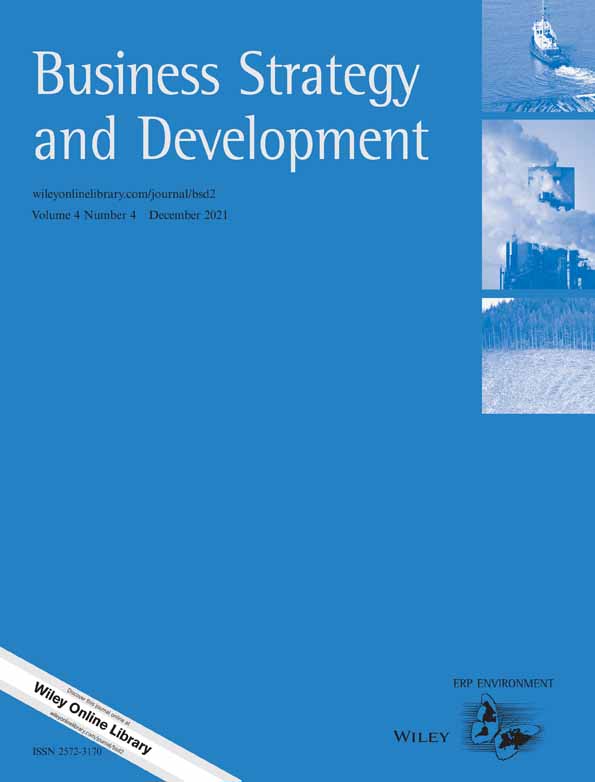Global change includes land-use change, elevated CO2 concentrations, increased temperature and increased rainfall variability. All four aspects by themselves and in combination will influence the role of roots in linking below- and above-ground ecosystem function via organic and inorganic resource flows. Root-mediated ecosystem functions which may be modified by global change include below-ground resource (water, nutrients) capture, creation and exploitation of spatial heterogeneity, buffering of temporal variations in above-ground factors, supply and storage of C and nutrients to the below-ground ecosystem, mobilization of nutrients and C from stored soil reserves, and gas exchange between soil and atmosphere including the emission from soil of greenhouse gases.The theory of a functional equilibrium between root and shoot allocation is used to explore predicted responses to elevated CO2 in relation to water or nutrient supply as limiting root function. The theory predicts no change in root:shoot allocation where water uptake is the limiting root function, but substantial shifts where nutrient uptake is (or becomes) the limiting function. Root turnover will not likely be influenced by elevated CO2, but by changes in regularity of water supply. A number of possible mechanisms for root-mediated N mineralization is discussed in the light of climate change factors. Rhizovory (root consumption) may increase under global change as the balance between plant chemical defense and adapted root consuming organisms may be modified during biome shifts in response to climate change. Root-mediated gas exchange allows oxygen to penetrate into soils and methane (CH4) to escape from wetland soils of tundra ecosystems as well as tropical rice production systems. The effect on net greenhouse gas emissions of biome shifts (fens replacing bogs) as well as of agricultural land management will depend partly on aerenchyma in roots
DOI:
https://doi.org/10.1046/j.1365-2486.1998.00192.x
Skor altmetrik:
Jumlah Kutipan Dimensi:



















